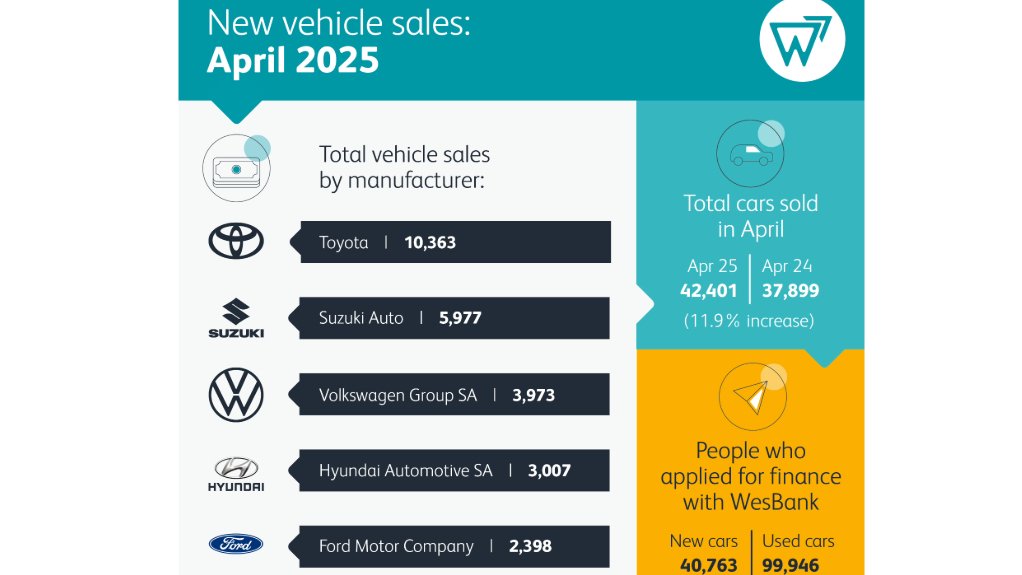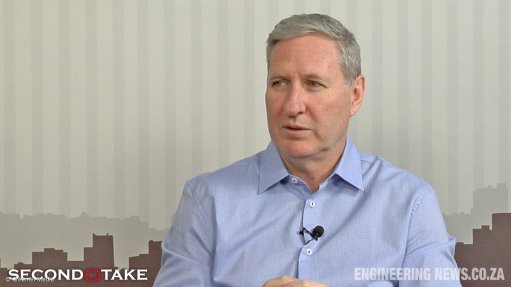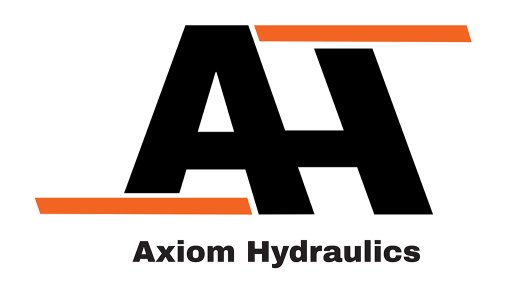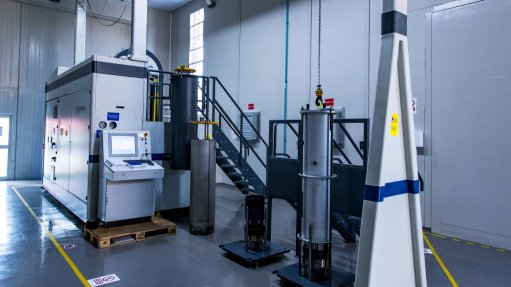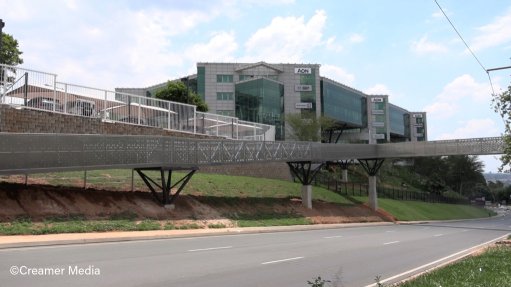New-vehicle sales up 12% – but did consumers try to beat the now scrapped VAT hike?
Total April new-vehicle sales, at 42 401 units, were up 11.9% compared with the same month last year, reports naamsa | The Automotive Business Council.
The new-passenger-car market gained 16.9% in April, to reach 30 101 units.
Sales of new small trucks, bakkies, minibuses and panel vans increased by 3.2%, to 9 961 units.
Sales of medium trucks, at 629 units, were up 10.2%, while sales of heavy trucks and buses declined by 11.1%, to 1 710 units.
National Automobile Dealers’ Association (NADA) chairperson Brandon Cohen says it remains to be seen if consumers purchased vehicles in April in an attempt to beat May’s proposed VAT hike – now scrapped.
“With affordability still a major concern for the average consumer and the Reserve Bank likely to be cautious about interest rate decisions in the face of global economic pressure, it is with mild optimism that we look forward to the May sales numbers,” he adds.
Asset financier WesBank is slightly more upbeat in its market assessment.
“Year-on-year comparisons need to be contextualised in terms of selling days,” says WesBank marketing and communication head Lebo Gaoaketse.
“April was disrupted by three public holidays and long weekends, resulting in only 19 selling days, whereas April 2024 had 21 selling days, given that the public holidays fell in March last year.”
Gaoaketse says this makes April’s sales growth even more formidable and shows the “determined resilience” of the market to return to pre-Covid-19 levels.
The number of finance applications also continues to show a heightened demand for new vehicles.
Gaoaketse adds, however, that the market appears to be correcting itself, “balancing affordability with demand as consumers become more realistic about their purchase decisions”.
WesBank data shows the average deal size shrinking 8.6% year-on-year, hinting at the affordability pressure consumers feel when purchasing new vehicles, as well as the continued trend to buy down into smaller, more affordable vehicle segments.
“The competitive price point of new Chinese entrants will also be influencing this shift as consumers seek alternative value in the market,” says Gaoaketse.
US Tariff Fears
The bad news for the month was that new-vehicle export sales from South Africa retreated by 6.6%, to 31 822 units, compared with April last year.
Year-to-date new-vehicle exports from South Africa were, however, still 6.3% ahead of the same period last year.
naamsa says one major vehicle manufacturer halted production for more than two weeks in April as it prepared for a new model launch, which negatively impacted the auto industry’s export performance.
Of more lasting concern, however, is the threat that domestic vehicle exports from South Africa may moderate as the full impact of the newly announced US tariffs filters through, notes the industry body.
Higher tariffs on imports into the US from 57 countries, ranging from 11% to 50%, were scheduled to take effect on April 9, but were then suspended for 90 days for all countries, except for China.
While much attention focused on the 10% universal tariff imposed on April 5, and the 30% reciprocal tariff specifically targeting South Africa, it is the application of Section 232 tariffs on automotive exports that presents perhaps the most profound structural threat, notes naamsa.
“Originally designed to protect US national security interests, the Section 232 tariffs impose punitive duties on automotive products, including vehicles and parts – sectors where South Africa has established world-class export capabilities over decades.
“With South Africa’s vehicle exports to the US previously enjoying tariff-free access under the African Growth and Opportunity Act, the sudden imposition of these duties significantly alters market access conditions,” explains naamsa.
“South Africa’s automotive exports to the US will now face material cost disadvantages, raising concerns about pricing competitiveness and profitability for multinational [manufacturers] operating domestically.
“The tariff uncertainty is creating a very difficult environment for businesses and could hinder competitive strategies, delay capital investments, distort long-term planning and increase short-term operational volatility.”
Article Enquiry
Email Article
Save Article
Feedback
To advertise email advertising@creamermedia.co.za or click here
Comments
Press Office
Announcements
What's On
Subscribe to improve your user experience...
Option 1 (equivalent of R125 a month):
Receive a weekly copy of Creamer Media's Engineering News & Mining Weekly magazine
(print copy for those in South Africa and e-magazine for those outside of South Africa)
Receive daily email newsletters
Access to full search results
Access archive of magazine back copies
Access to Projects in Progress
Access to ONE Research Report of your choice in PDF format
Option 2 (equivalent of R375 a month):
All benefits from Option 1
PLUS
Access to Creamer Media's Research Channel Africa for ALL Research Reports, in PDF format, on various industrial and mining sectors
including Electricity; Water; Energy Transition; Hydrogen; Roads, Rail and Ports; Coal; Gold; Platinum; Battery Metals; etc.
Already a subscriber?
Forgotten your password?
Receive weekly copy of Creamer Media's Engineering News & Mining Weekly magazine (print copy for those in South Africa and e-magazine for those outside of South Africa)
➕
Recieve daily email newsletters
➕
Access to full search results
➕
Access archive of magazine back copies
➕
Access to Projects in Progress
➕
Access to ONE Research Report of your choice in PDF format
RESEARCH CHANNEL AFRICA
R4500 (equivalent of R375 a month)
SUBSCRIBEAll benefits from Option 1
➕
Access to Creamer Media's Research Channel Africa for ALL Research Reports on various industrial and mining sectors, in PDF format, including on:
Electricity
➕
Water
➕
Energy Transition
➕
Hydrogen
➕
Roads, Rail and Ports
➕
Coal
➕
Gold
➕
Platinum
➕
Battery Metals
➕
etc.
Receive all benefits from Option 1 or Option 2 delivered to numerous people at your company
➕
Multiple User names and Passwords for simultaneous log-ins
➕
Intranet integration access to all in your organisation



